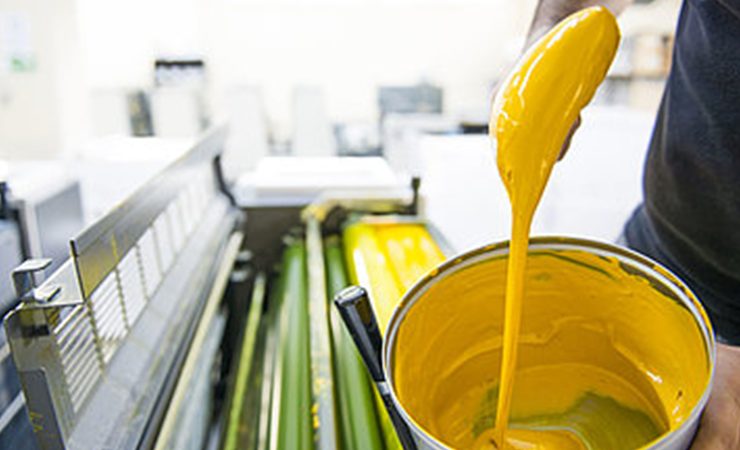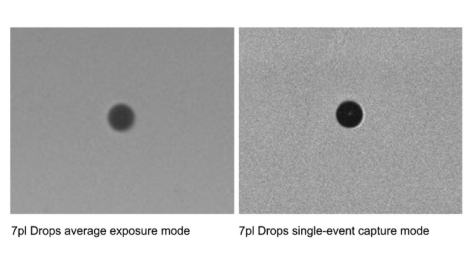The European Printing Ink Association (EuPIA) has detailed how and why printing ink producers expect supply chain strains to continue throughout 2022, even as some of the overall constraints ease and the Covid recovery moves forward.
Global uncertainty regarding a resurgence of the coronavirus, erratic consumer purchasing behaviours, and potential trade barriers are just some of the potential issues highlighted by EuPIA, which points again, following a communication earlier in 2021, to an aggregation of factors, mostly triggered by the Covid-19 crisis, which are severely impacting the overall raw material supply chain. Chief amongst those is, ‘the most unprecedented supply chain volatility in recent memory.’
Demand for products continues to surpass supply and, as a result, global raw material and freight availability has been heavily impacted. This situation, driven by a global pandemic that continues to cause manufacturing shutdowns in many countries, was exacerbated first by a homebound consumer base purchasing more items than usual and outside of peak seasons and, second, by the revival of the economy in all regions of the world, which led to a surge in demand. Add to that a crippled supply chain, reduced production in China due to the Chinese Energy Reduction Program, and a shortage of key raw materials.
For printing ink and coatings producers, transportation and raw material shortages are causing a multitude of challenges. Feeding into this are numerous factors related to raw materials and freight transportation.
Supply and demand imbalances for many critical raw materials used in the production of printing inks – vegetable oils and their derivatives, petrochemicals, pigments and Titanium Dioxide (TiO2) – are causing significant disruption to EuPIA member companies. Materials in all of these categories, to a differing extent, are seeing increased demand while supply continues to be constrained. Moreover, the demand volatility has caused increased complexity in vendors’ ability to forecast and plan shipments.
Specifically, pigments, including TiO2, have surged recently due to increased demand and factory shutdowns in China caused by the Chinese Energy Reduction Program; the supply of organic vegetable oils has been affected by unfavourable weather conditions in the US and Latin America – at a time when Chinese imports and consumption of this raw material category has increased; and petrochemicals – UV, polyurethane & acrylic resins and solvents – have been rising in cost since early 2020 with some of these materials having demand increases outside of normal levels.
In addition, the market has witnessed a multitude of force majeure events that have further constricted supply and exacerbated an already unstable situation, according to EuPIA. As costs continue to increase and supply continues to tighten, printing ink and coating producers are increasingly affected by immense competition for materials and resources. Amongst those are packaging materials, air and ocean freight capacity limits, congestion at ports, and truck driver shortages.
In a statement on this situation and the impact on its members, EuPIA noted, ‘Print of all types remains an important medium for sharing news around the world, producing essential documents and signage, and to produce the packaging that protects, preserves and assists in the transportation of food and other essential goods to societies around the world. The value of printing inks and coatings is undeniable, and the industry is committed to working together to ensure continuity of supply as we move forward against these continued headwinds.’





